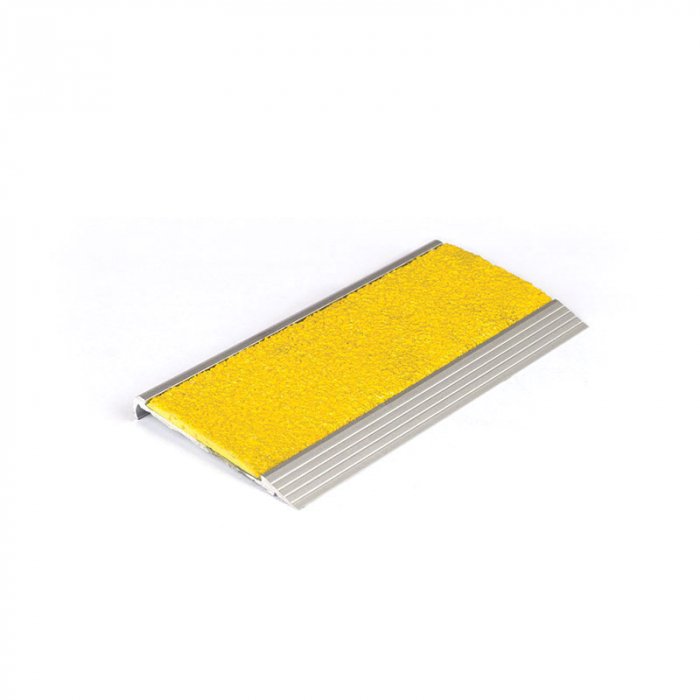The Hidden Gem Of Safety And Elegance: Exploring Stair Nosing

Staircases are not just a means of connecting different levels of a building; they can also be a beautiful architectural feature. However, safety is of paramount importance, and this is where stair nosing comes into play.
Stair nosing is an often overlooked, yet essential component that not only enhances the aesthetic appeal of stairs but also ensures the safety of those who traverse them.
In this blog post, we will delve into the world of stair nosing, exploring its significance, types, benefits, and installation, making it an attention-grabbing and creative solution for your stairway needs.
Understanding Stair Nosing: The Basics
Let’s begin by understanding what stair nosing is. Stair nosing is the protective edge or strip that is fitted along the front edge of the stair tread. Its primary purpose is to prevent wear and tear on the edge of the stair, provide an anti-slip surface, and highlight the steps’ contours.
By using stair nosing, you not only enhance the durability of your stairs but also make them more visible, thereby reducing the risk of accidents and falls.
The Importance of Stair Nosing
Stair nosing is an invaluable addition to any staircase for several reasons. Firstly, it provides a layer of protection for the edges of the stairs, especially in high-traffic areas. Over time, stair edges can become worn out due to constant use, and stair nosing acts as a barrier, ensuring your stairs remain intact for years to come.
Secondly, safety should always be a top priority, especially in public spaces or commercial buildings. Stair nosing’s anti-slip feature significantly reduces the risk of slips and falls, making it an ideal choice for places with heavy foot traffic.
Types of Stair Nosing
Stair nosing comes in various materials and designs to cater to different aesthetic preferences and practical requirements. Some popular options include:
- Aluminium stair nosing: Durable and sleek, perfect for modern and minimalist designs.
- Rubber stair nosing: Highly slip-resistant and suitable for both indoor and outdoor use.
- Vinyl stair nosing: Versatile and available in a wide range of colours and patterns, ideal for customisation.

Advantages of Stair Nosing
Apart from providing safety and protection, stair nosing offers several additional advantages:
- Enhanced aesthetics: Stair nosing adds a finishing touch to your stairs, giving them a polished and professional look.
- Easy maintenance: Stair nosing is easy to clean and maintain, making it a practical choice for various settings.
- Cost-effective: Investing in stair nosing can save you money in the long run by reducing the need for costly repairs or renovations.
Installing Stair Nosing: A Step-by-Step Guide
Installing stair nosing might seem like a complex task, but with the right guidance, it can be a straightforward process. Here’s a step-by-step guide:
- Measure the dimensions of your stairs accurately.
- Choose the type of stair nosing that complements your staircase design and matches your safety requirements.
- Prep the stairs by cleaning them thoroughly and removing any existing nosing or debris.
- Apply adhesive or screws to secure the stair nosing in place.
- Allow ample time for the adhesive to dry and set before using the stairs.
Conclusion
Stair nosing might be a subtle addition to your staircase, but its impact on safety and aesthetics is profound. By investing in stair nosing, you not only protect your stairs from wear and tear but also ensure the well-being of those who use them.
So, the next time you’re revamping your staircase or building a new one, consider adding stair nosing for an attention-grabbing and creative touch that will stand the test of time.
Make your stairway not just a path between levels, but a statement of safety and elegance with stair nosing.





